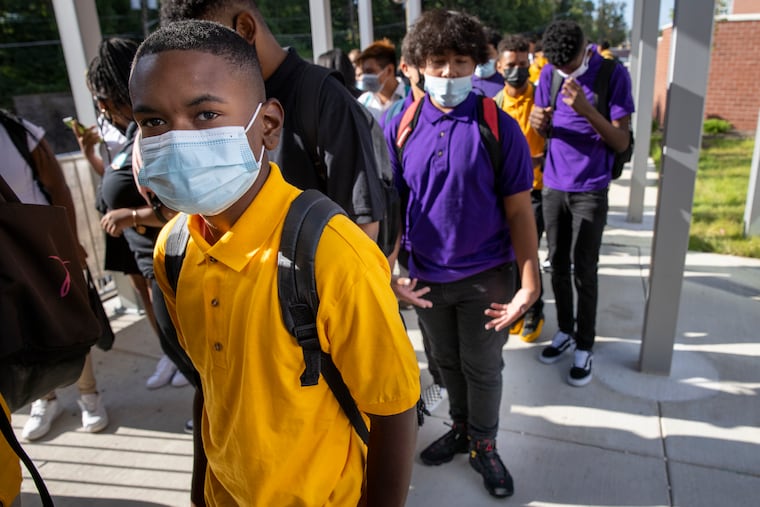Camden is so ‘desperate’ for teachers, it’s searching internationally to fill critical ESL and bilingual roles
In a district where 53% percent of its 6,800 students are Latino and 14 percent are English-language learners, the district approved a pilot program to being exploring recruitment in other countries.
